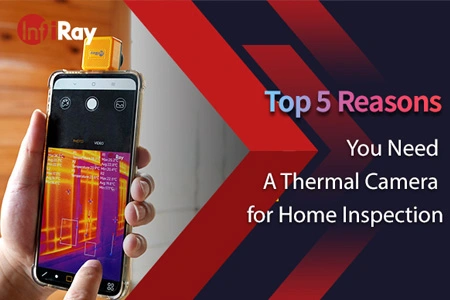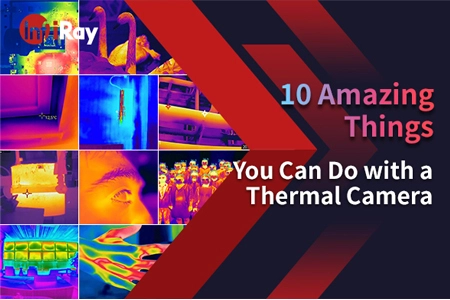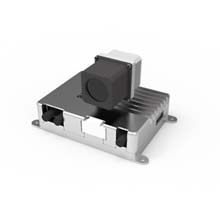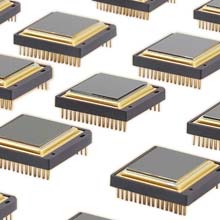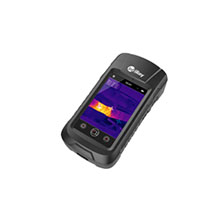Top 10 Reasons Make Thermal Imaging Cameras Useful
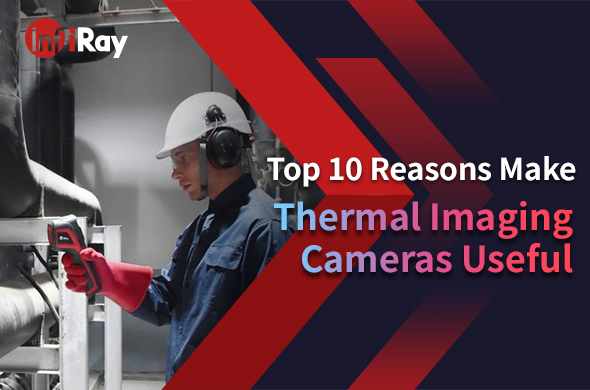
Thermal imaging cameras have revolutionized various industries with their ability to capture and visualize heat signatures. People are always wondering what is an infrared thermal imaging camera used for. In this comprehensive guide, we'll delve into the workings, applications, and the top 10 benefits of thermal imaging cameras.
Table of Contents: What you might want to know ahead of time
1. What is a Thermal Imaging Camera?
1.1 Working Principle of a Thermal Imager
1.2 Key Components of Thermal Imaging Cameras
1.3 Applications of Thermal Imaging Technology
2. Top Practical Uses of Thermal Imaging Cameras
3. 10 Benefits of Thermal Imaging Cameras
4. FAQ of Thermal Imaging Technology
4.1 What can thermal imaging detect?
4.2 Can a thermal camera see through smoke
4.3 Can a thermal camera see through clothes
What is a Thermal Imaging Camera?
Working Principle of a Thermal Imager
Thermal imaging cameras operate based on the principle of detecting infrared radiation emitted by objects. Every object with a temperature above absolute zero emits heat, and these cameras capture this heat to create a detailed thermal image. The hotter an object, the more infrared radiation it emits, allowing the camera to display temperature variations.
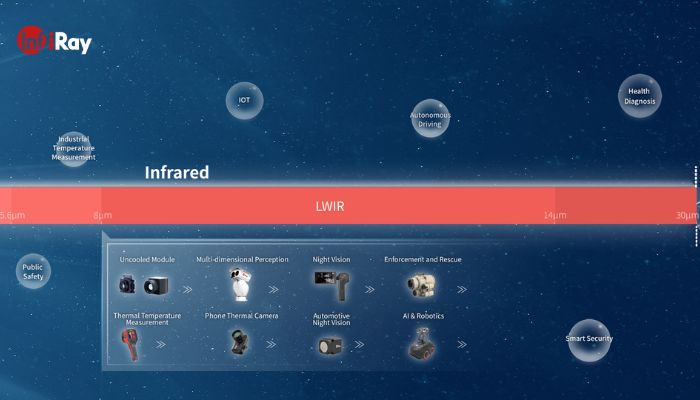
Key Components of Thermal Imaging Cameras
In the intricate world of thermal imaging cameras, understanding the key components is paramount to unlocking their full potential. These components work in harmony, transforming invisible infrared radiation into vivid thermal images that hold the key to various applications.
1. Infrared Detector
At the heart of every thermal imaging camera lies the infrared detector. This sophisticated component is the unsung hero, responsible for converting infrared radiation into electrical signals. The detector's sensitivity to different temperature levels enables the camera to capture a spectrum of thermal data with precision.
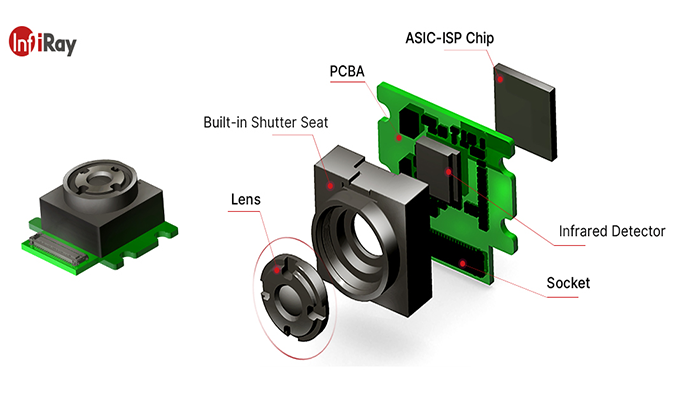
2. Optics
Working in tandem with the infrared detector, optics plays a pivotal role in focusing incoming infrared radiation onto the detector. The quality of the optics determines the clarity and sharpness of the thermal image. High-quality lenses ensure that subtle temperature variations are captured, providing a detailed and accurate representation of the thermal landscape.
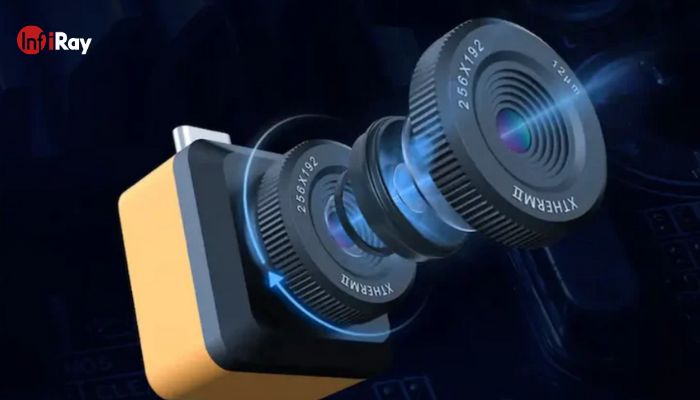
3. Electronic Components
The electronic components form the brains of the operation, processing the electrical signals from the infrared detector. Signal processing involves complex algorithms that translate the incoming data into a visual thermal image. The efficiency of these electronic components directly influences the camera's speed, accuracy, and overall performance.
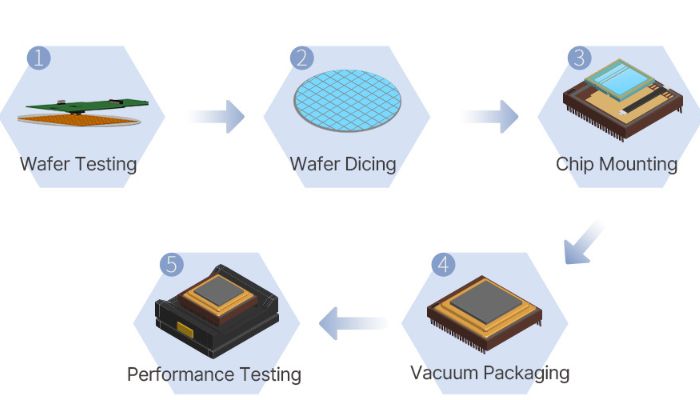
4. Display
The display is the window through which the thermal world is revealed. Whether it's a viewfinder or a screen, the display showcases the thermal image in real-time. Modern displays often come equipped with advanced features, allowing users to analyze and interpret thermal data with greater ease.
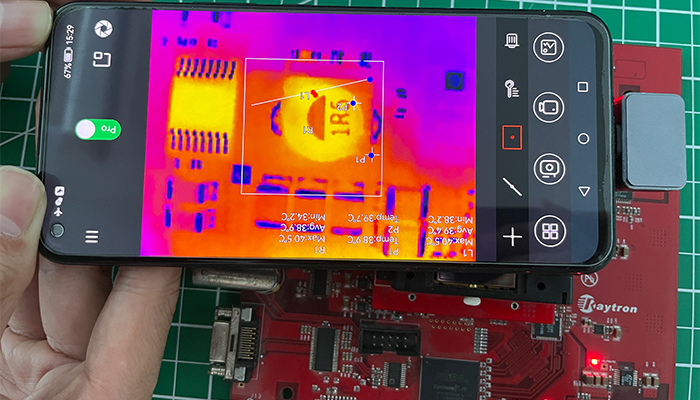
5. Power Source
Powering the intricate processes of a thermal imaging camera requires a reliable power source. Whether it's rechargeable batteries or external power options, ensuring a consistent and sufficient power supply is essential for prolonged and effective use in various applications.
6. Housing and Ergonomics
While not directly involved in the technical process, the design and build of the camera's housing contribute to its usability. Ergonomics play a crucial role, ensuring that the camera is user-friendly, durable, and comfortable for extended use in diverse environments.

InfiRay S1280 Thermographic Camera has won the 2023 German Red Dot Design Award
7. Integration with Other Technologies
In the ever-evolving landscape of technology, thermal imaging cameras often integrate with other devices and technologies. Connectivity features, such as Wi-Fi or Bluetooth, facilitate data transfer and remote monitoring. Integration with smartphones or other smart devices expands the camera's versatility and usability.
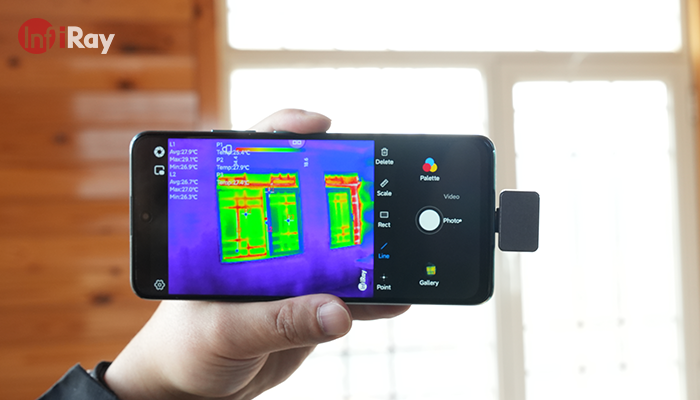
Applications of Thermal Imaging Technology
Thermal imaging cameras find applications across various fields due to their unique capabilities. Some key applications include:
1. Electrical inspections to identify overheating components.
2. Building inspections for detecting insulation issues.
3. HVAC systems maintenance to optimize performance.
4. Surveillance and search operations.
5. Search and rescue missions to locate individuals in low visibility conditions.
In essence, thermal imaging cameras provide a non-contact method of visualizing temperature differences, making them invaluable for a wide range of applications.
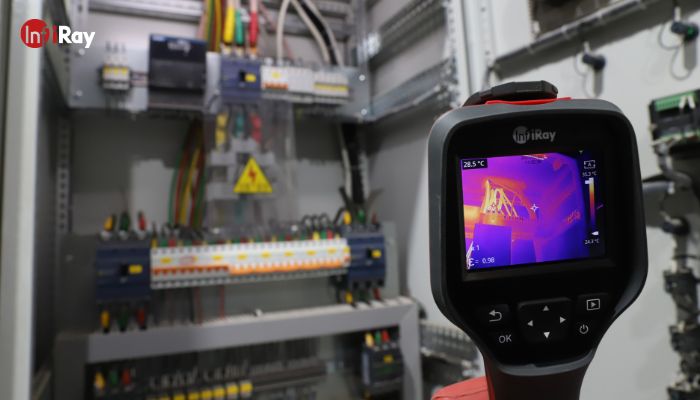
Top Practical Uses of Thermal Imaging Cameras
Exploring the rich tapestry of applications for thermal imaging cameras unveils a world where these remarkable devices play pivotal roles. Here's an in-depth look at the top 10 practical uses, showcasing the diverse impact and versatility of thermal imaging technology.
1. Electrical Inspections
· Detection of Overheating Components: Thermal cameras identify hidden electrical issues by capturing temperature variations.
· Proactive Maintenance: Facilitates timely interventions, preventing costly downtime and ensuring the safety of personnel.
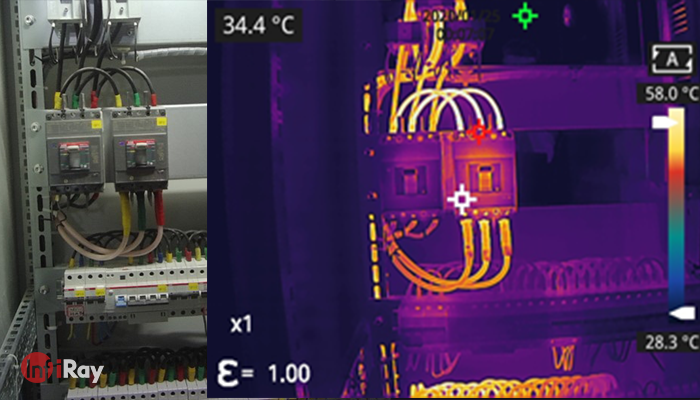
2. Building Inspections
· Insulation Gap Identification: Pinpoints insulation gaps, water leaks, and structural anomalies invisible to the naked eye.
· Energy Efficiency Contribution: Aids in energy efficiency assessments, contributing to sustainable building practices.
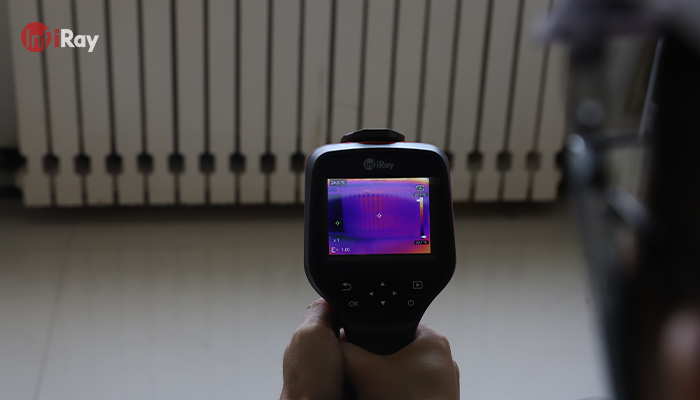
3. HVAC Systems Maintenance
· Efficiency Optimization: Identifies inefficiencies, blockages, and malfunctions in HVAC systems for optimal performance.
· Energy Savings: Contributes to energy savings by ensuring HVAC systems operate at peak efficiency.
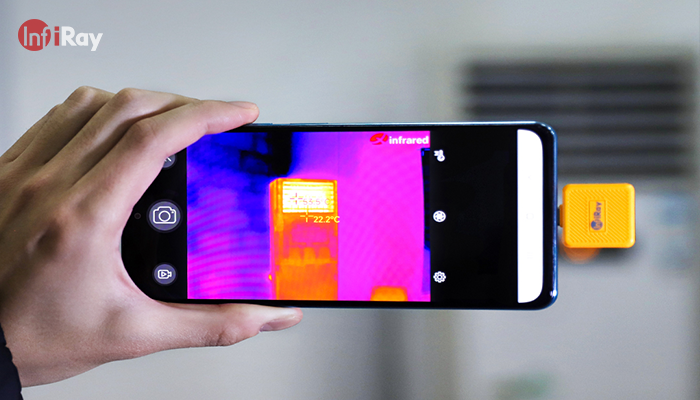
4. Enhance Enforcement
· Enhanced Surveillance: Amplifies surveillance capabilities in low light or challenging visibility conditions.
· Search and Rescue Support: Critical assistance in locating individuals swiftly during search and rescue operations.
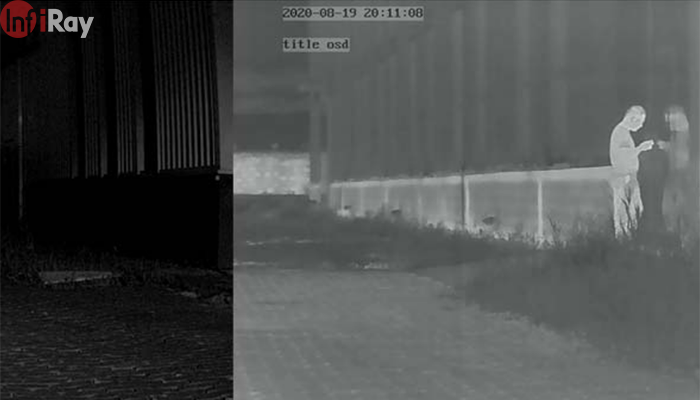
5. Search and Rescue
· Visibility in Adverse Conditions: Navigate darkness, dense vegetation, and challenging terrains to locate missing persons.
· Time-Sensitive Assistance: Provides crucial support in time-sensitive search and rescue missions.
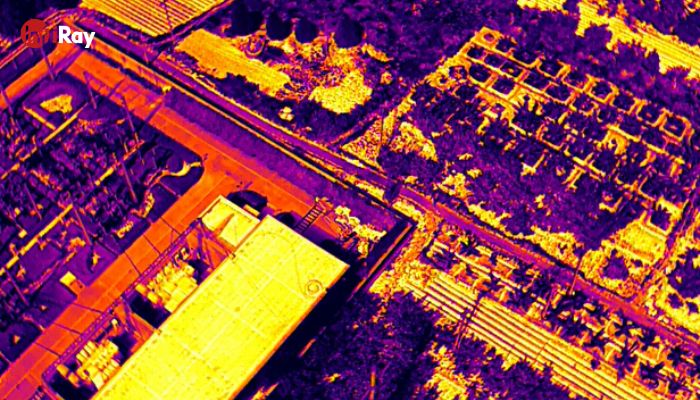
6. Industrial Maintenance
· Machinery Health Diagnostics: Diagnoses machinery health by identifying overheating components and potential faults.
· Preventive Maintenance: Improves equipment reliability, preventing breakdowns and ensuring consistent industrial operations.
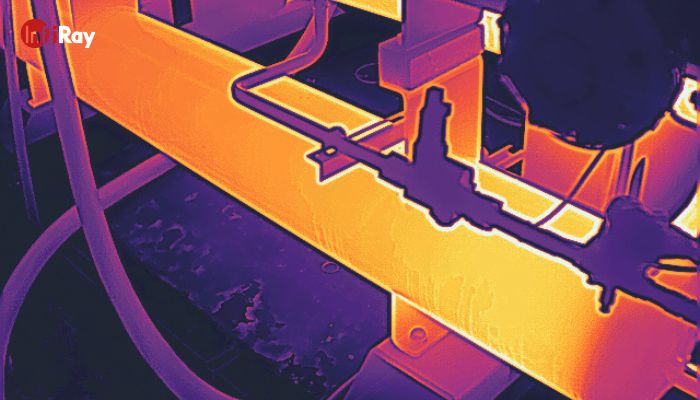
7. Agricultural Monitoring
· Crop Health Assessment: Monitors crop health, and irrigation efficiency, and detects issues like pest infestations.
· Precision Agriculture: Optimizes agricultural practices for increased yields and resource efficiency.
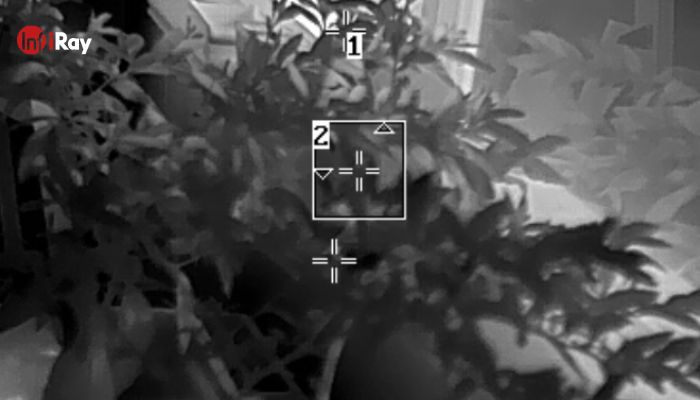
8. Medical Diagnostics
· Non-Invasive Diagnostics: Contributes to non-invasive diagnostics by identifying abnormal temperature patterns in the human body.
· Early Detection: Aids in early detection of conditions such as inflammation or circulatory issues.
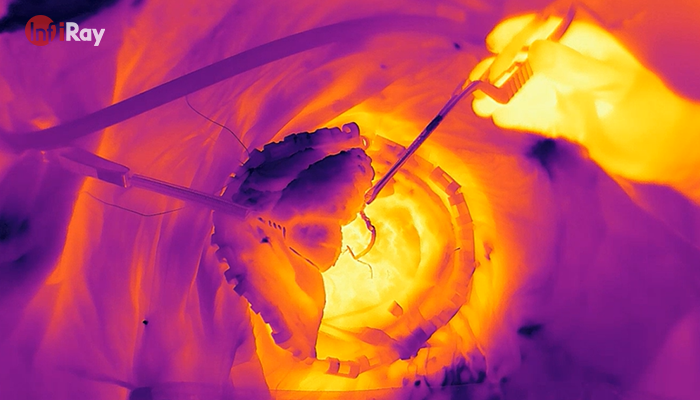
9. Wildlife Conservation
· Behavioral Studies: Observes and studies animal behavior in the wild.
· Ecosystem Monitoring: Tracks elusive species and contributes to conservation efforts by monitoring ecosystems.
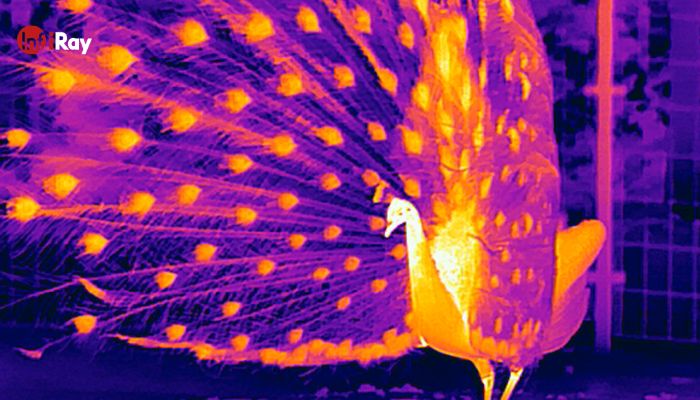
10. Security Surveillance
· Enhanced Visibility: Provides enhanced visibility during nighttime security operations.
· Intruder Detection: Improves accuracy in detecting intruders and potential security threats.
In essence, thermal imaging cameras transcend their technological nature to become invaluable tools in addressing a myriad of challenges across industries. Then we will explore deeply what makes thermal cameras so useful.
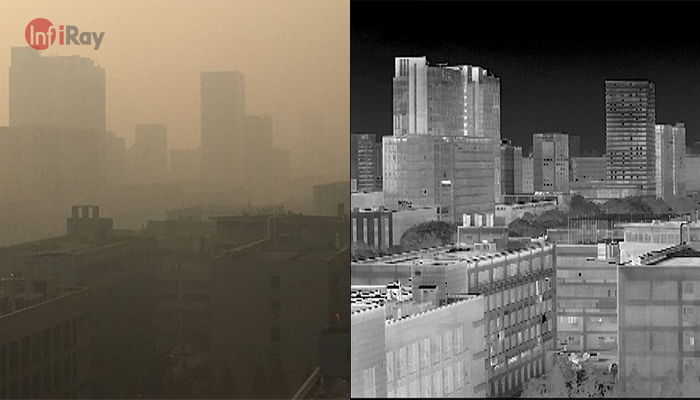
10 Benefits of Thermal Imaging Cameras
In the ever-evolving landscape of technology, thermal imaging cameras stand out as indispensable tools offering a plethora of benefits across diverse applications. Let's delve deeper into the ten pivotal advantages that underscore the versatility and significance of these cutting-edge devices:
1. Proactive Issue Resolution
Thermal imaging cameras empower users to identify potential issues before they escalate, enabling proactive measures that prevent costly repairs. This early problem-detection capability is instrumental in maintaining the integrity of structures and equipment.
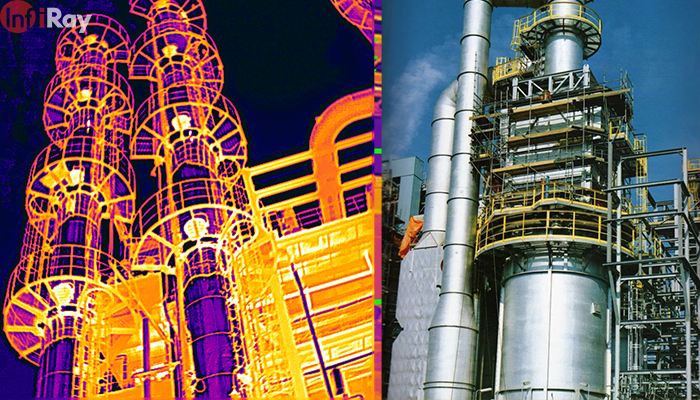
2. Elevated Safety Standards
With the ability to pinpoint potential hazards, thermal imaging cameras contribute significantly to enhancing safety standards. This is particularly crucial in industrial settings, ensuring the well-being of personnel by identifying and mitigating risks promptly.
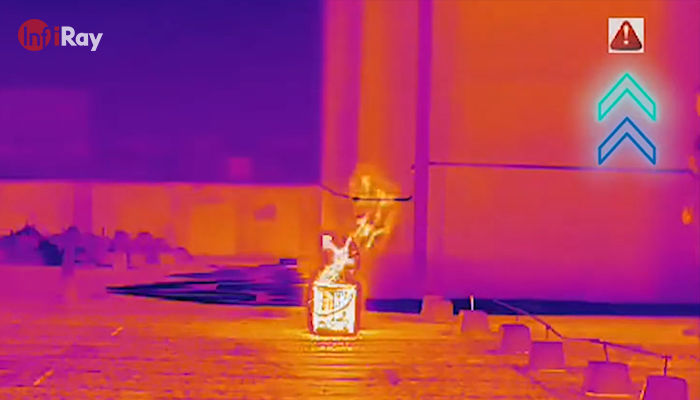
3. Strategic Cost Savings
A key benefit lies in the strategic cost savings facilitated by thermal imaging cameras. By minimizing downtime and reducing repair and maintenance costs, businesses can allocate resources more efficiently, leading to overall financial optimization.
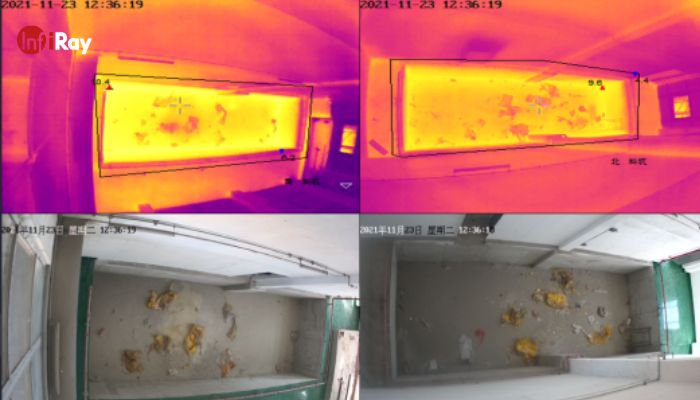
4. Non-Destructive Testing Expertise
The non-destructive testing capability of thermal imaging cameras allows for thorough inspections without causing harm to structures or equipment. This not only preserves the integrity of assets but also ensures accurate and reliable assessments.
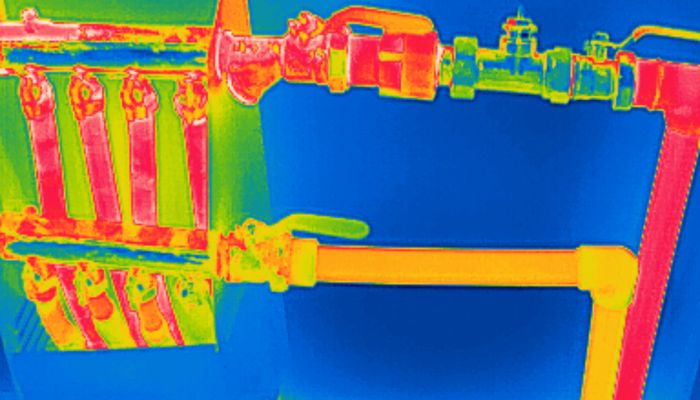
5. Energy Efficiency Precision
Thermal imaging cameras excel in pinpointing areas of energy loss, contributing to heightened energy efficiency. This precision allows for targeted interventions, ultimately leading to reduced energy consumption and operational costs.
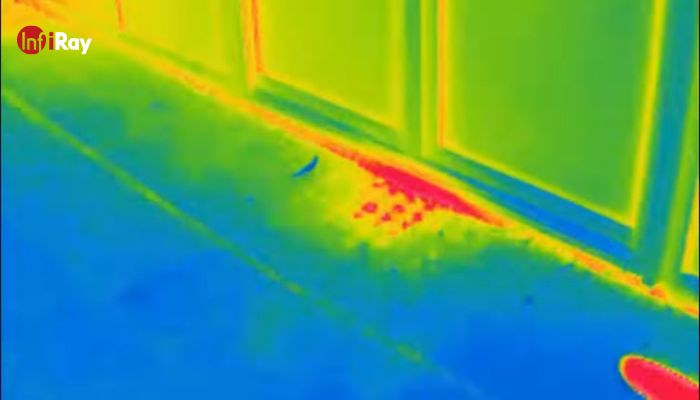
6. Swift Search and Rescue Operations
In challenging conditions with low visibility, thermal imaging cameras prove invaluable for swiftly locating individuals during search and rescue operations. This enhanced visibility aids first responders in navigating complex environments with efficiency.
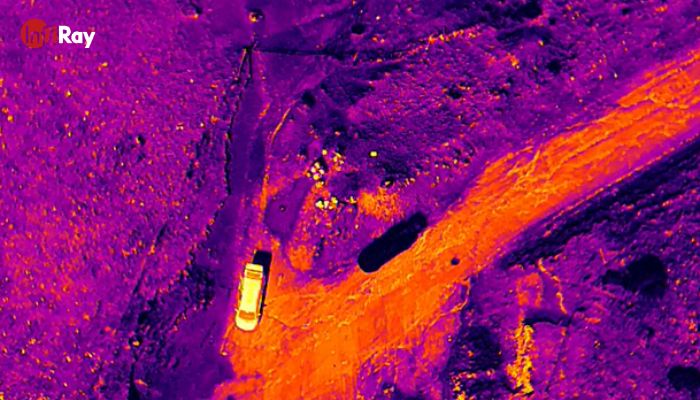
7. Environmental Stewardship
The contribution of thermal imaging cameras extends beyond industrial applications to environmental monitoring. By aiding ecological research and wildlife conservation efforts, these devices play a vital role in safeguarding the planet's biodiversity.
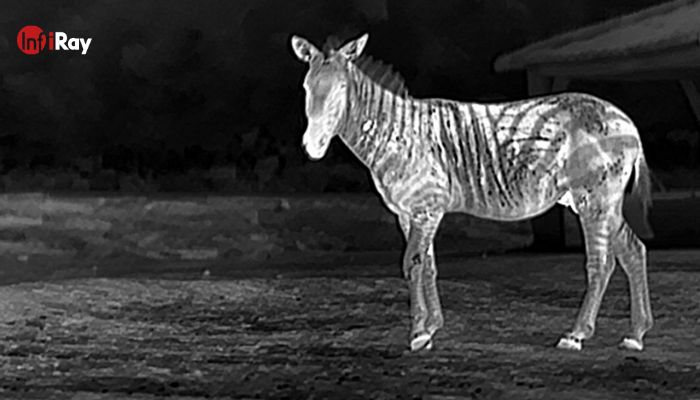
8. Augmented Productivity
Thermal imaging cameras streamline maintenance processes, leading to increased overall efficiency and productivity. Their role in identifying issues swiftly allows for timely interventions, minimizing disruptions to operations.
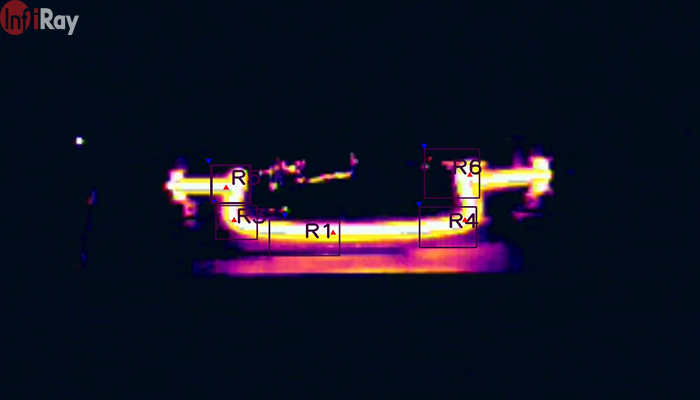
9. Versatile Adaptability
One of the standout features of thermal imaging cameras is their versatility. Adaptable to various applications with ease, these devices serve as flexible tools capable of addressing diverse needs across different industries.
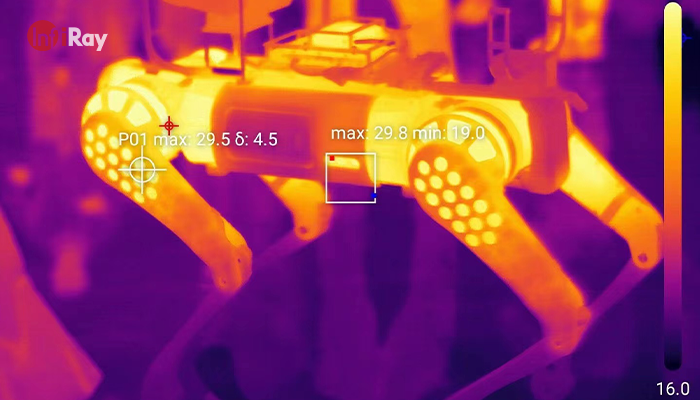
10. Cutting-Edge Technological Edge
Staying at the forefront of technological advancements, thermal imaging cameras incorporate cutting-edge features for optimal performance. This commitment to innovation ensures that users have access to the latest capabilities, enhancing the overall efficacy of these devices.
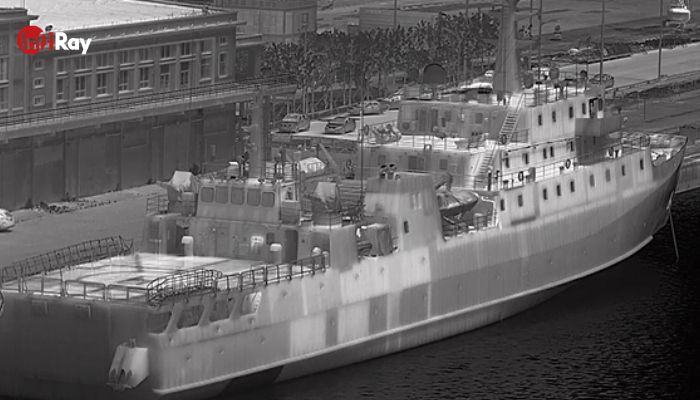
Taken by the world’s first 8μm InfiRay thermal module
In summary, the multifaceted benefits of thermal imaging cameras encompass proactive maintenance, safety enhancement, cost savings, and environmental stewardship. Their adaptability and incorporation of advanced technologies position them as indispensable assets in modern tech tools.
FAQ of Thermal Imaging Technology
1. What can thermal imaging detect?
Thermal imaging is capable of detecting temperature differences in diverse scenarios, making it a versatile tool across multiple applications. It can identify electrical issues by pinpointing overheating components, reveal insulation problems in buildings, detect anomalies in mechanical equipment for predictive maintenance, and assess HVAC system performance. Additionally, thermal imaging proves invaluable in fire detection and monitoring, wildlife observation, medical diagnostics, search and rescue operations, and security surveillance. Its ability to visualize infrared radiation and heat signatures allows for non-invasive diagnostics and enhanced situational awareness, contributing to safety, efficiency, and problem-solving in various fields.
2. Can a thermal camera see through smoke
Thermal cameras can partially see through light to moderate smoke due to their ability to detect infrared radiation. In firefighting scenarios, they are valuable for navigating through smoke. However, in dense smoke, visibility may be significantly reduced, and the effectiveness depends on factors like smoke density and camera specifications.
3. Can a thermal camera see through clothes
Thermal cameras can detect the infrared radiation emitted by objects, including the human body. However, they are not designed to see through clothing in the way that X-ray or other specialized imaging technologies might. Thermal imaging captures the heat signature of the surface of objects, and while it can highlight temperature variations, it cannot provide detailed images or see through clothing in the same manner as some other technologies.

 français
français  Deutsch
Deutsch  Español
Español  italiano
italiano  português
português  العربية
العربية  日本語
日本語  한국어
한국어  magyar
magyar 






